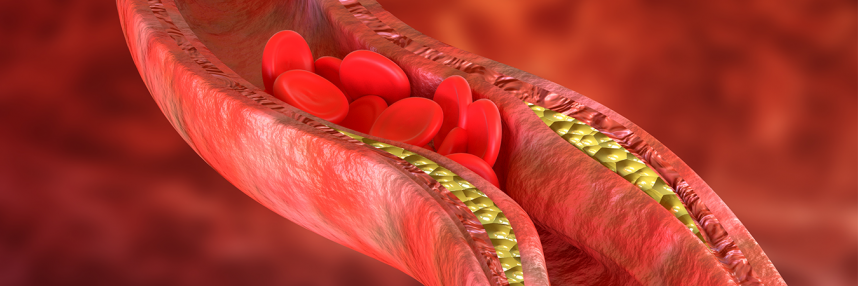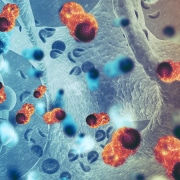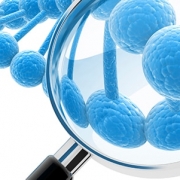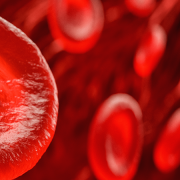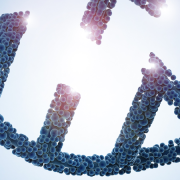RNAi: a new approach to combat cholesterol
The new cholesterol drug inclisiran is currently making headlines after being approved for use in the NHS, but how does it work?
A new injection to lower cholesterol has been approved by the National Institute for Health and Care Excellence (NICE) and could soon be rolled out to NHS patients.
The drug is the first of its kind to work by silencing a gene: an approach that could offer a more permanent and manageable solution to high cholesterol than current treatments.
The cholesterol problem
Cholesterol is made by the liver, and our bodies need it for many important functions, such as making hormones, cell membranes and vitamin D. When too much low-density lipoprotein (LDL, or ‘bad’ cholesterol) is present in the bloodstream, however, it can build up in arteries and cause blockages, resulting in cardiovascular disease, heart attacks and strokes.
Having high LDL can be caused by lifestyle factors such as consuming alcohol, a high-fat diet, obesity, insufficient exercise and smoking, and also by genetics. People with certain conditions, such as familial hypercholesterolaemia, can be at risk even with a healthy lifestyle.
A number of treatment options are available for people with high cholesterol, the most common of which are statins. Statins are among the most prescribed medicines in the UK and work by slowing down production of cholesterol in the liver.
Inclisiran
The new drug, inclisiran, has been approved by NICE for people who have already had a cardiovascular event such as a heart attack or stroke, and who still have high LDL levels despite taking statins or other existing cholesterol-lowering medications.
The NHS estimates that among these patients, around 55,000 heart attacks and strokes could be prevented over 10 years, saving 30,000 lives.
Inclisiran is given by injection – two initial doses three months apart and then every six months – and can be used in combination with any existing cholesterol-lowering drugs. The injections can be administered locally by doctors, nurses or pharmacists, reducing the number of trips patients will need to make to a hospital. It is hoped that this convenience will help patients adhere to the treatment routine – something that can be problematic with taking tablets daily at home.
NICE deputy chief executive Meindert Boysen said: “Inclisiran represents a potential game-changer in preventing thousands of people from dying prematurely from heart attacks and strokes.”
How it works
Inclisiran is the first cholesterol-lowering drug to work by silencing a gene. The approach, called RNA interference (RNAi) has been used for other conditions before (such as patisiran for hereditary transthyretin-mediated amyloidosis) but inclisiran will be used on a much wider scale.
The gene being silenced, PCSK9, encodes an enzyme that binds to the LDL receptors on the cell’s surface, causing them to be broken down by the cell. If the receptors are not broken down, they are recycled and continue removing more LDL from the blood.
RNAi works by causing the messenger RNAs copied from the target gene (in this case, PCSK9) to be broken down by the cell before they are used as a template to make a protein. The DNA of the gene is not affected, but it is silenced or its output is greatly reduced.
The result is that the liver absorbs more LDL cholesterol from the bloodstream and breaks it down, therefore reducing LDL levels in the blood.
NHS chief executive Amanda Pritchard said: “Heart disease is still one of the major killer conditions so it is fantastic that we now have such an effective and convenient treatment for those living with dangerously high cholesterol levels.”
Inclisiran will also be evaluated in clinical trials on patients who have not had a cardiovascular event but who do have high LDL levels that are not lowered sufficiently by other drugs. It is hoped that the drug will show a reduction in cardiovascular events amongst participants.
Want to know more about familial hypercholesterolaemia? Take a look at our condition factsheet – available to view and download
–


